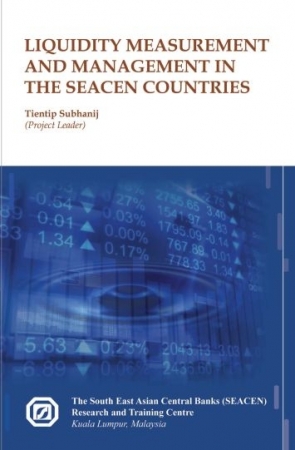Many past financial episodes have highlighted the importance of liquidity for the well-functioning of the financial system. The recent global financial crisis which was unprecedented in scale and scope is no different. A well known reason for the severity of the crisis lies in the propagation of original shock that is compounded by extreme bank funding fragility forcing fire sales across all markets. The funding of some banks has shifted towards a greater dependence on the capital markets. These wholesale funding sources such as commercial papers repurchase agreements and other commercial money market instruments as the recent financial crisis illustrates tend to be more volatile than traditional retail deposits and may pose additional challenges to liquidity risk management which is important for the long-run viability of a bank. In the US the loss of investor confidence in a wide range of structured securities markets led to risks flowing onto banks balance sheets. The initial shock in credit markets was transmitted through a fall in asset market liquidity which led to an increase in funding risk. Money markets tightened internationally as banks built up liquidity to meet contingent claims. Banks in SEACEN countries on the contrary remain resilient to the global financial crisis as a result of ample liquidity and traditional banking businesses pursued prior to the crisis. Banks in this region are mostly dependent on deposit and loan businesses and hence have a range of defences against a sudden decline in the availability of wholesale funds. In this context the first lesson learned is that a market-based financial system relies more and not less on funding liquidity.
-
About Us
-
Events
-
Publications
-
About The SEACEN Centre
-
The Centre's Governance
-
Courses

